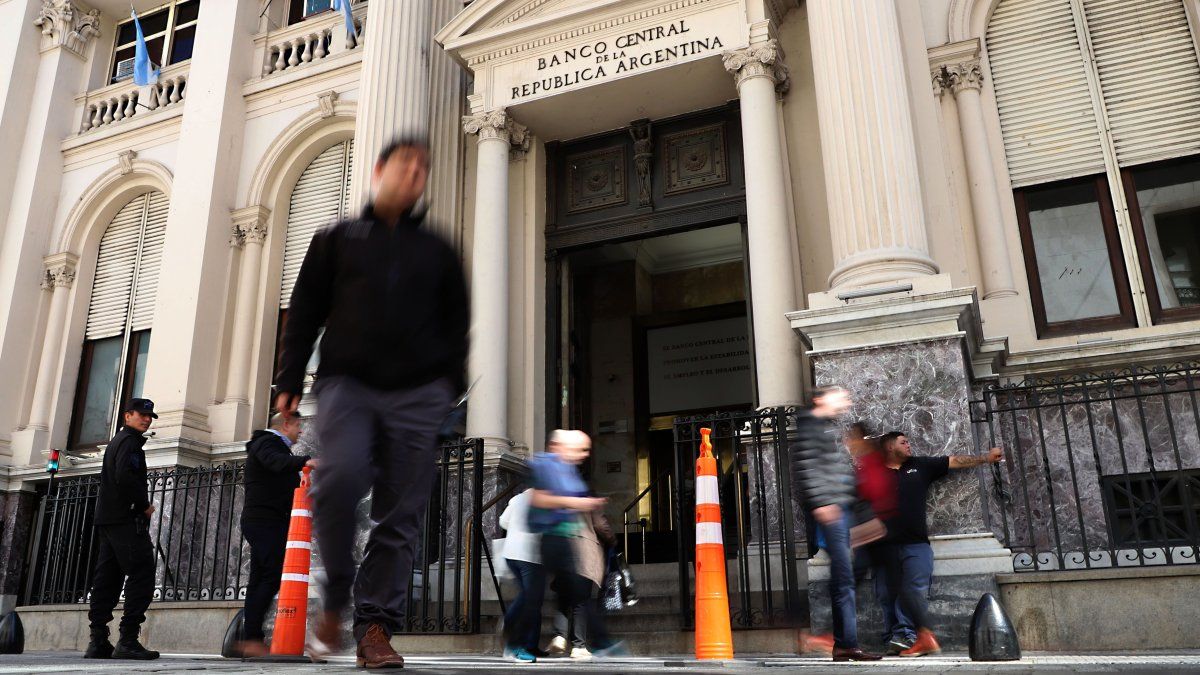The data on the evolution of prices in the City for the last month of 2024 was somewhat above that of November. Housing, restaurants and food expenses are the ones that had the most impact.
During December, The Consumer Price Index of the City of Buenos Aires (IPCBA) registered an increase of 3.3%, slightly above the 3.2% of the previous month, and year-on-year it stood at 136.7% (-40.7 percentage points below November). The data is from the Buenos Aires Institute of Statistics and Censuses.
The content you want to access is exclusive to subscribers.
This was observed a small increase in the index compared to November, month after month, which may imply that the national price indicator gives something above that of November also given that the IPCBA is a thermometer of what the data published by the National Institute of Statistics and Censuses will be like (INDEC).


What increased the most in the last month of 2024 in the City were insurance and financial services, with a jump of 5.8%followed by restaurants and hotels, with a jump of 5.2%, and alcoholic beverages and tobacco, an item that rose 4.4%. In fourth place were communication and information services (+4.3%), education rose 4% and, then, housing expenses (which includes services), which increased 3.9%).
image.png

The variation in the IPCBA responded fundamentally to the increases in Housing, water, electricity, gas and other fuels, Restaurants and hotels, Food and non-alcoholic beverages, Transportation, Health and Information and communication, which together explained 81.7% of the increase. These items recorded the following increases:
- Housing, water, electricity, gas and other fuels increased by 9% (contributing 0.75 pp to the monthly variation)
- Restaurants and hotels registered an increase of 5.2% (0.57 pp impact)
- Food and non-alcoholic beverages averaged an increase of 2.3% (with an incidence of 0.42 pp) in the General Level.
- Transportation registered an increase of 3.5% (0.38 pp impact)
- Health rose 3.7% (0.33 pp, due to adjustments in prepaid medicine fees
In the field Foodthe main impulses came from Meat and derivatives (7.6%), Milk, dairy products and eggs (2.1%) and Bread and cereals (1.6%). In the opposite direction, the falls in Vegetables, tubers and legumes (-8.1%) contributed to removing pressure on this division.
CABA inflation: or what increased the most in December
In year-on-year terms, The Housing, water, electricity, gas and other fuels, Food and non-alcoholic beverages, Transportation and Restaurants and hotels divisions were mainly responsible for the increase in retail prices, explaining 59.1%. of the interannual variation of the General Level.
During December, lGoods registered an increase of 1.9%, below Services, which increased 4.2%. This mainly reflected increases in the prices of restaurants, bars and food houses and in common housing expenses. Next in importance were updates to housing rental values, prepaid medicine fees, and accommodation service rates.
The monthly dynamics of Assets mainly responded to increases in food prices (mainly meats, dairy products and baked goods). To a lesser extent, the increases in the prices of fuels and lubricants for vehicles for household use stood out.
Source: Ambito




